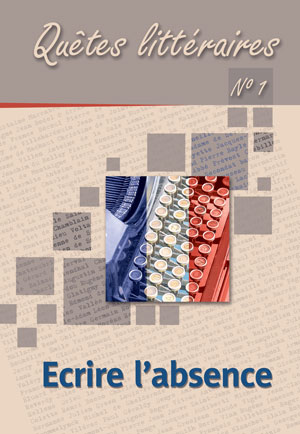L’absence qui devient présence : la vie et l’Idée dans Sixtine de Remy de Gourmont
Absence Which Becomes Presence : Life and Idea in Sixtine by Remy de Gourmont
Author(s): Agata Sadkowska-FidalaSubject(s): Language and Literature Studies, Literary Texts, Studies of Literature, Comparative Study of Literature, French Literature, Theory of Literature
Published by: Katolicki Uniwersytet Lubelski Jana Pawła II, Instytut Filologii Romańskiej & Wydawnictwo Werset
Keywords: idea; symbolism; love; sterility; art
Summary/Abstract: Sixtine by Remy de Gourmont marks the refusal of nature and tangible reality and the choice of imagination to the detriment of reality. Its principal character, Hubert d'Entragues is a faithful disciple of idealism of symbolism. Since he chooses to think rather that to live, it is not surprising that the plot of the novel is almost nonexistent. The plot develops around of d’Entragues’ desire to win the beautiful Sixtine, which is in itself condemned to failure since he is doing nothing to reach her and refuses to take any effort. The woman, who could have served as the principal impulse of the plot, is practically inexistent in this story (though it is a passionate story) and is replaced by the ideal woman: the story is doubled by the second story, e.g. a novel written by the character which is a transposition of his “cerebral” relation with Sixtine and a realisation of presence of the latter. Art replaces life and life does not exist in itself. It is shaped by thought. But the chosen absence of any facts of life is fruitful: it gives birth to a novel. It is a story of a prisoner in love with the statute of the Virgin which he sees while taking a daily walk. In this novel the carnal accomplishment is not necessary in order for a true and sincere passion to develop and the satisfaction of desire may destroy the dream and the ideal.
Journal: Quêtes littéraires
- Issue Year: 2011
- Issue No: 1
- Page Range: 32-38
- Page Count: 7
- Language: French

